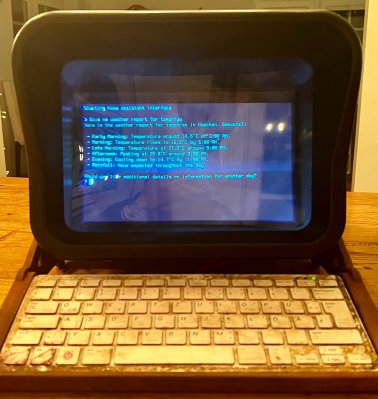Considered by many to be just a dull output for sequential text, the command-line terminal is a veritable canvas to the creative software developer. With the cursor as the brush, entire graphical user interfaces can be constructed, or even a basic text-based dashboard on which values can be updated without redrawing the entire screen over and over, or opting for a much heavier solution like a GUI.
Ncurses is one of the most well-known and rather portable Terminal User Interface (TUI) libraries using that such cursor control, and more, can be achieved in a fairly painless manner. That said, for anyone coming from a graphical user interface framework, the concepts and terminology with ncurses and similar can be confusingly different yet overlapping, so that getting started can be somewhat harrowing.
In this article we’ll take a look at ncurses’ history, how to set it up and how to use it with C and C++, and many more languages supported via bindings.
Continue reading “A Gentle Introduction To Ncurses For The Terminally Impatient”



















